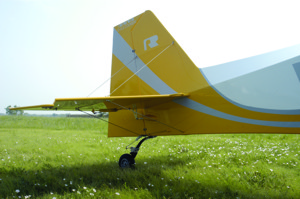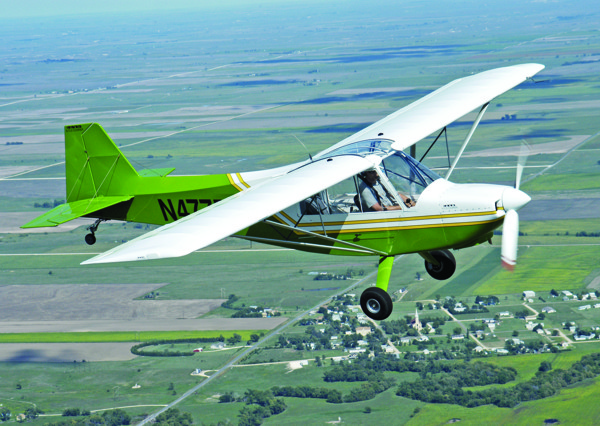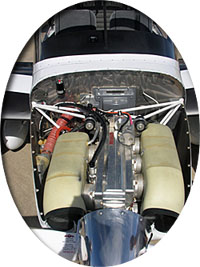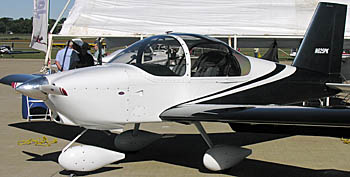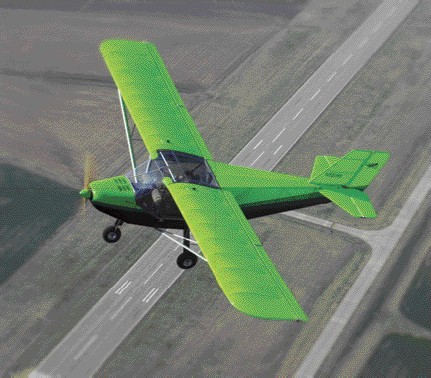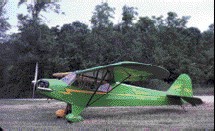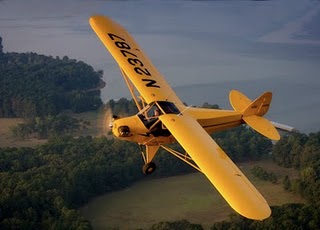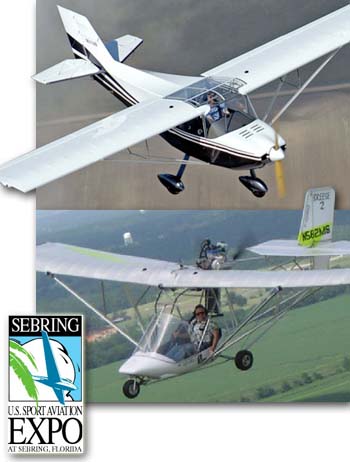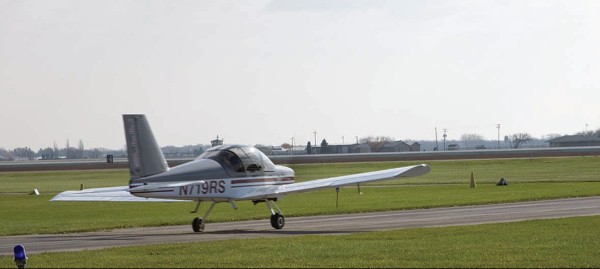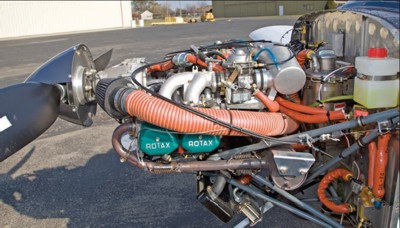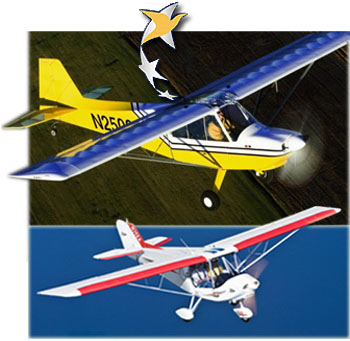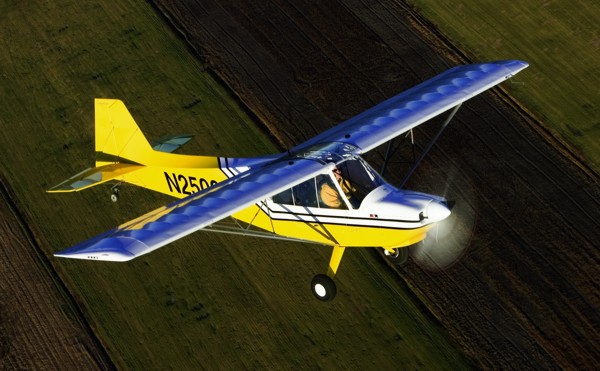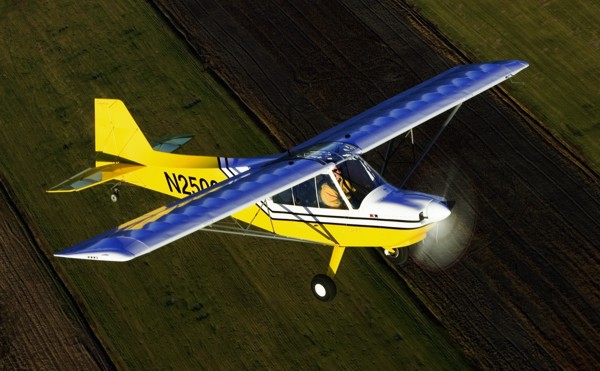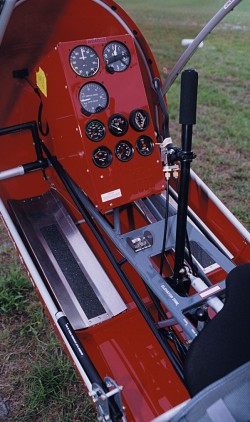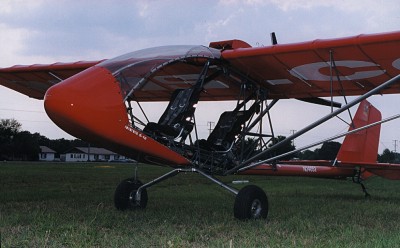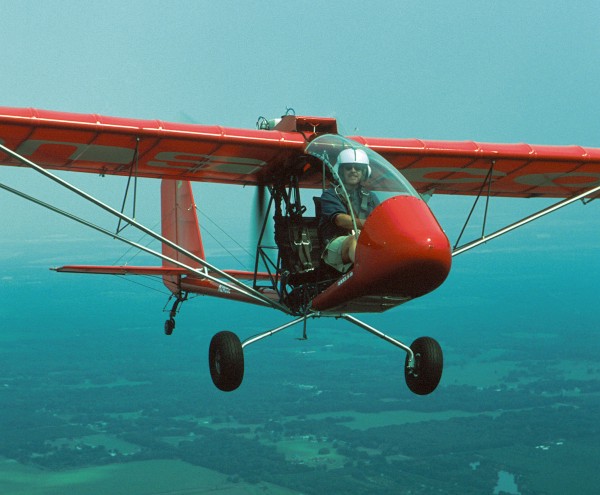
After losing the trim tab on the elevator of his Rans S-6, John Pederson of Lombard, Illinois grappled with a violent shaking and executed an emergency landing on Chicago’s Lake Shore Drive. He was flying very early so traffic on the multi-lane route was light. Pederson reported timing his landing to avoid any traffic, though local sources reported the airplane was struck by two autos both of which sped away afterward. Unable to regain stability, the 51-year-old electrician radioed a mayday to O’Hare International Airport and then set up for landing. A recording of the radio call revealed John behaving calmly and, indeed, no one was injured in the highly-publicized incident. “At the time of the mayday call, about 6 a.m., he was flying about 1,900 feet above [Chicago’s downtown] Millennium Park, he said,” according to a report on the Chicago Tribune‘s online website. The good news is no one was injured and while media reports poked fun at Pederson’s very visible downtown Chicago landing, the report can nonetheless be viewed more or less positively.

















